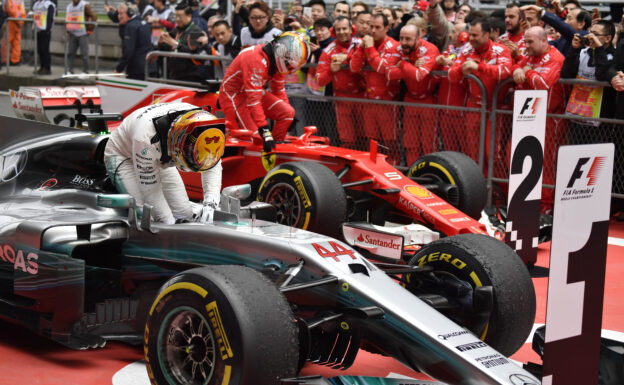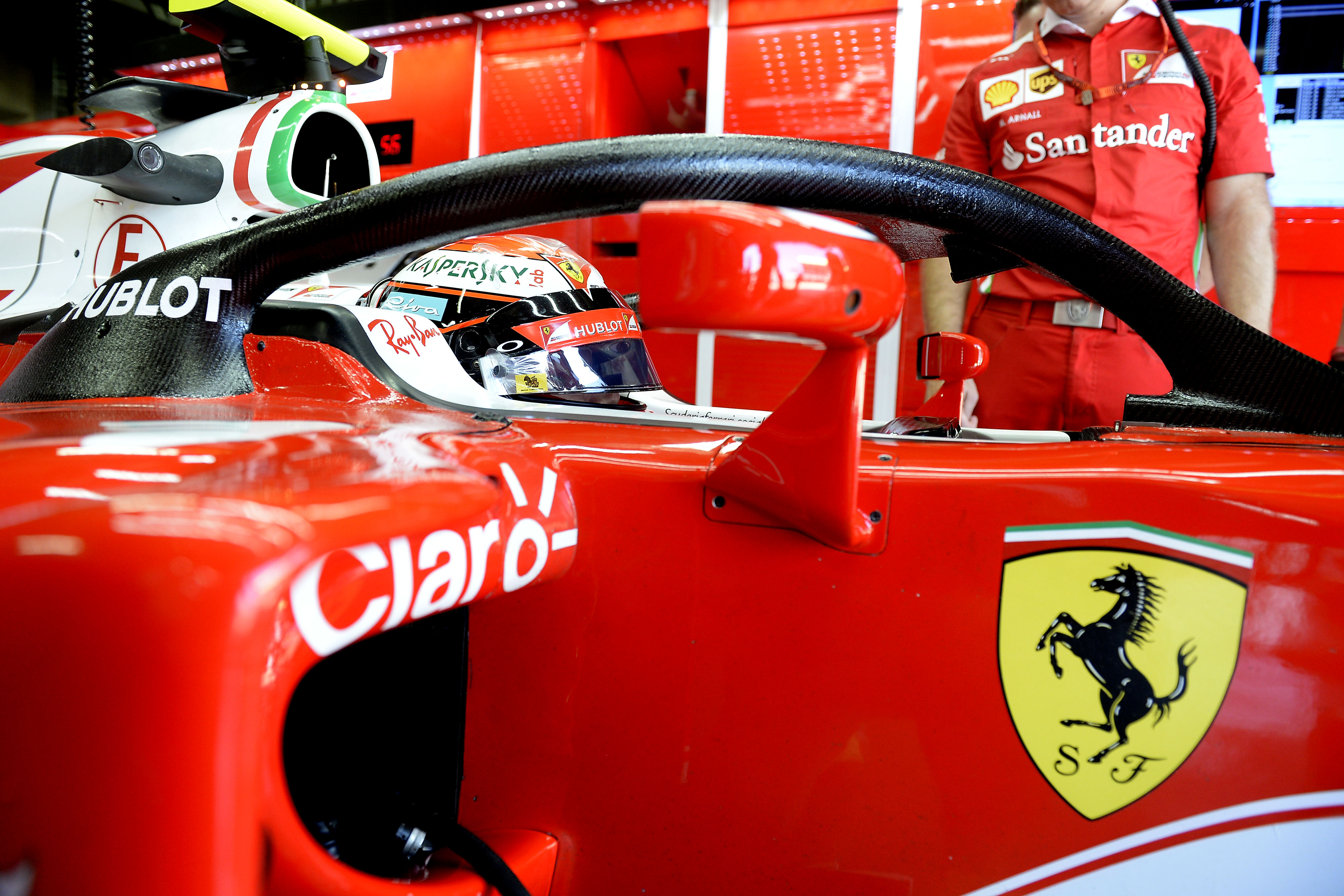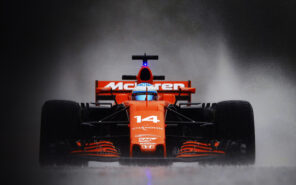F1 2018: Looking forward to the season ahead

With the 2017 season only just finished, many F1 fans thoughts turn to spring, and in particular March when the new F1 season clicks it’s ignition button and gets underway. With the start of any new F1 season there are rule changes, driver changes, and changes to the car that will affect results going forward, so let's take a look at what 2018 might have instore for the motor racing enthusiast.
Engines
Probably the biggest change coming to the new F1 season is the reduction in engines that can be used throughout the season. With four available in the season just gone, only three will be available in 2018. This will mean that teams will be looking to create engines with a higher degree of reliability, with perhaps a slight degradation in performance. Teams with reliability issues from last season will have to make sure that any issues from last season have been quashed once and for all, if they are to compete in any meaningful way in 2018.
While this particular change has not been received with universal praise, the new regulations are bound to throw up a few interesting results, especially towards the end of the season when teams with reliability issues will be forced to race within their capabilities if they are down to their last engine.
Other new regulations
Pre-season test days will be reduced to seven, with the mid-season test that is usually held in Bahrain will now be moved to Barcelona. The grid penalty system introduced in 2017 will also be revised, in the event of a driver changing a power unit. They will still be privy to a five or ten place grid penalty, however if they remove a second component they will be placed at the back of the grid. Should this happen to more than one driver, their positions at the back of the grid will be determined by who changed their component first.
There will also be new powers granted to race stewards which will allow them to issue penalties for improper starts, even if the automatic detection system isn’t engaged, which should stop incidents such as Sebastian Vettel’s grid positioning during the Chinese Grand Prix, where he failed to trigger the automatic detection system even though his start was illegal.
When it comes to tyres, two new compounds will become available to teams; a new “hypersoft” compound, and “superhard”, making a total of nine different variants. There will also be a new compound created for use in demonstrations and events, where teams have been accused in the past of using these events as illegal test runs.
Safety Changes

Kimi Raikkonen, Halo F1/2016
Driver safety will be improved again this year, with mandatory cockpit protection being pushed to a higher standard. A ‘wishbone’ shaped bar will now adorn the cockpit which should push debris away from a driver’s head in the event of a crash.
Drivers will also be required to wear gloves that relay vital info to the pit team in the event of a crash, allowing marshalls and recovery crew to know more about the state of the driver’s health before they even reach the crash site, and prepare accordingly.
Will these changes affect the season?
The short answer to this is yes, but until the season kicks off we won’t know to what degree. The new engine rule could lead to some teams running their cars slightly more conservatively, but in the same breath we cannot know whether the tail end of the season could throw up some interesting races, with some teams running full pelt while others attempt to conserve the one good engine they have left. With such unknown repercussions for these new rules, it will be interesting to see how the F1 betting sites change their odds when engine numbers start to run low, or even when a certain car seems to require components to be changed regularly. For the keen-eyed gambler out there, this could throw up some interesting opportunities.
It is also worth remembering that the ‘naysayers’ can look down upon these new rules as being detrimental to the excitement of the race, but we simply don’t know how the season will be affected until the competition is well underway. While there may be a slightly less aggressive start to the year, the ending has the potential to be even more explosive than we have seen in seasons of late, so buckle up, and start getting excited about spring, when a new dawn breaks over a brand new F1 season.
✅ Check out more posts with related topics:












